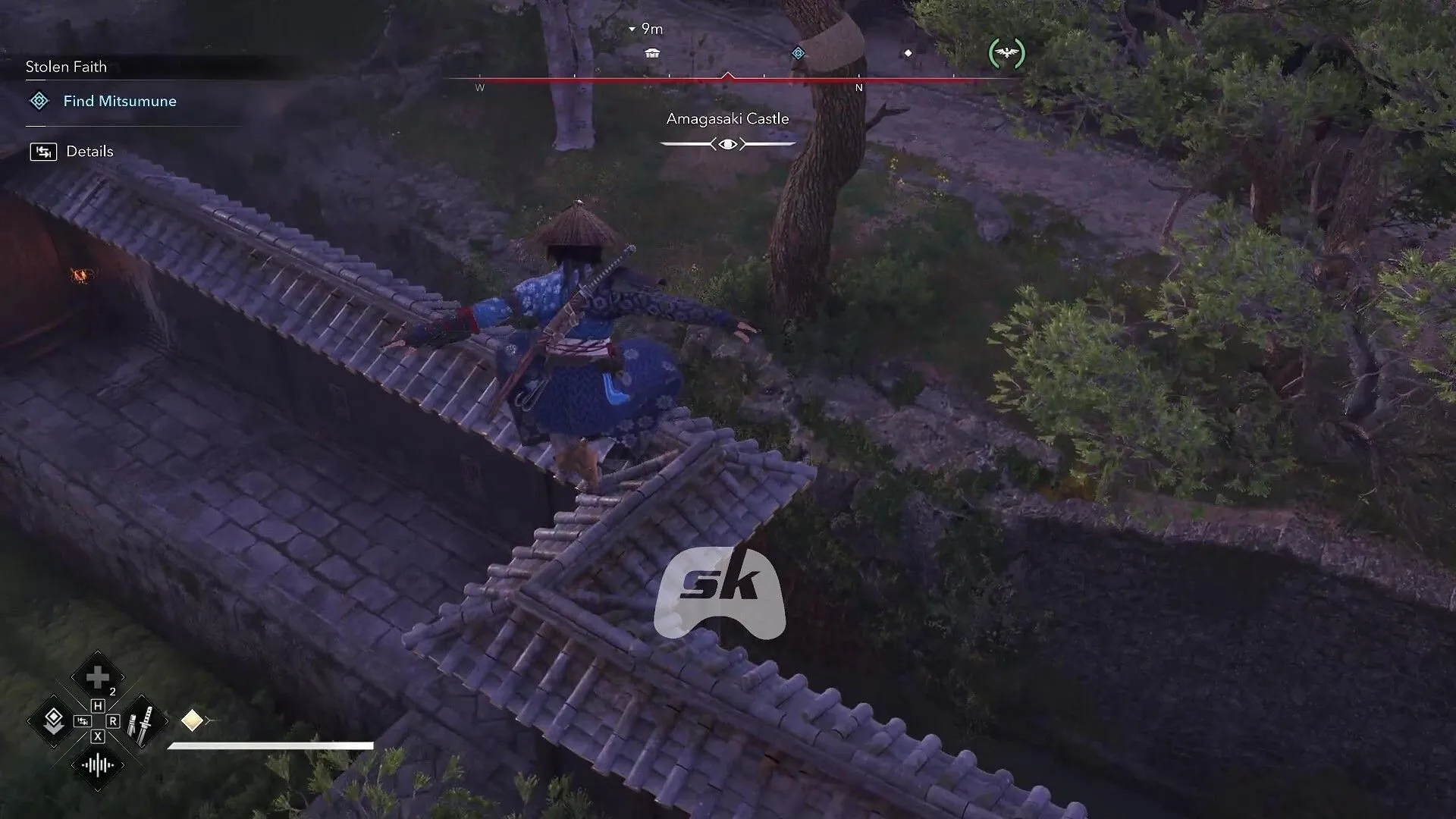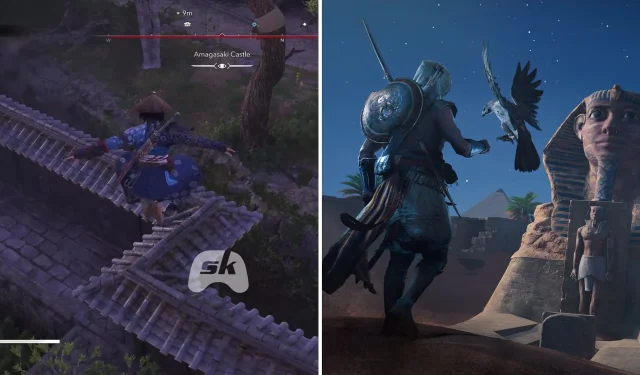The Assassin’s Creed franchise, developed by Ubisoft, has captivated gamers for years with its immersive storytelling and exhilarating gameplay. Among its recent additions are Assassin’s Creed Shadows and Assassin’s Creed Origins. The former takes a bold step into Feudal Japan, focusing on the intertwined tales of Naoe and Yasuke, while the latter remains a landmark RPG entry set in ancient Egypt. In this article, we will delve into a detailed comparison of these two notable titles, highlighting their similarities and differences.
Common Ground: Similarities between Assassin’s Creed Shadows and Assassin’s Creed Origins
1) Emphasis on Single-Player Campaigns

Both Assassin’s Creed Shadows and Origins prioritize the single-player experience, allowing players to immerse themselves fully in the narrative without the distraction of multiplayer modes. While Shadows has plans for a co-op feature post-launch, its initial offering is firmly rooted in solo play, reflecting the ongoing commitment to storytelling in the franchise.
2) Engaging Open Worlds

Open-world exploration is a hallmark of the Assassin’s Creed series, and both Shadows and Origins deliver this expansive gameplay. Each game invites players to traverse large maps filled with dynamic environments, engaging quests, and various activities, such as conquering outposts and hunting for collectibles. This design encourages players to discover and sync with key waypoints to unlock further insights into their surroundings.
3) Customizable Character Aesthetics

Customization plays a significant role in both titles, allowing players to alter their characters’ appearances through various outfits and gear. In Assassin’s Creed Origins, players can outfit Bayek in unique, culturally-inspired attire reflecting Egypt’s rich history, while Shadows offers historically accurate armor sets that enhance the aesthetics of Naoe and Yasuke.
Distinctions: Differences between Assassin’s Creed Shadows and Assassin’s Creed Origins
1) Distinct Historical Settings

Originating in Ptolemaic Egypt, Assassin’s Creed Origins unfolds during a period marked by political instability around 49 BC, showcasing grand structures and monumental statues within the arid desert landscape. Conversely, Assassin’s Creed Shadows transports players to Feudal Japan in 1579, amid the introduction of Western firearms and Catholic influences, centering its narrative on the powerful warlord Oda Nobunaga’s reign.
2) Enhanced Parkour Mechanics

While Assassin’s Creed Origins marked a pivot towards more RPG-centric mechanics, the overall parkour system was less emphasized than in previous titles, reducing its potential for skill expression. In contrast, Assassin’s Creed Shadows seeks to rejuvenate parkour elements, blending them with action RPG gameplay, thereby appealing to both hardcore fans and newcomers alike.
3) Multiple Protagonist Dynamics

In Origins, players are led by Bayek, a lone Medjay, navigating the complexities of revenge against the Order of the Ancients. Shadows, however, introduces two central characters—Naoe and Yasuke—whose stories intertwine against the backdrop of Japanese history, allowing players to switch between them, reminiscent of the dual protagonist mechanic in Assassin’s Creed Syndicate.
These contrasting elements demonstrate the evolution of the Assassin’s Creed series, as it continues to explore new narratives while maintaining core franchise philosophies. Whether you’re drawn to the lush landscapes of Egypt or the intricate dynamics of Feudal Japan, both Assassin’s Creed Shadows and Assassin’s Creed Origins promise immersive experiences steeped in rich history and engaging gameplay.


